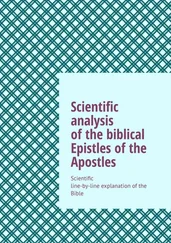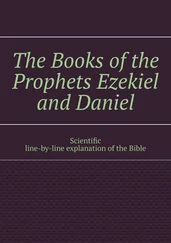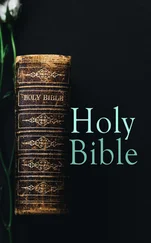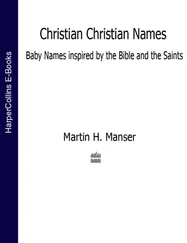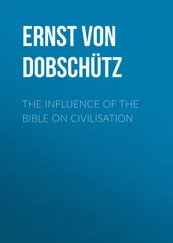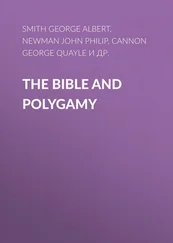People began to shout, to rise from their seats and clap and cry out, a forceful wind carrying the reverend’s voice up into the rafters … And in that single note – hope! – I heard something else; at the foot of that cross, inside the thousands of churches across the city, I imagined the stories of ordinary black people merging with the stories of David and Goliath, Moses and Pharaoh, the Christians in the lion’s den, Ezekiel’s field of dry bones. Those stories – of survival, and freedom, and hope – became our story, my story; the blood that had spilled was our blood, the tears our tears; until this black church, on this bright day, seemed once more a vessel carrying the story of a people into future generations and into a larger world. Our trials and triumphs became at once unique and universal, black and more than black; in chronicling our journey, the stories and songs gave us a means to reclaim memories that we didn’t need to feel shame about … memories that all people might study and cherish – and with which we could start to rebuild.
This claiming of older stories by new groups is hardly limited to the black church. Much as many Americans now claim for themselves the story of the Mayflower and the Puritan holiday of thanksgiving, despite the fact that many descend from immigrants of the twentieth century, so also Israelite villagers of varied origins claimed the exodus story as their own. That story celebrated the god, Yahweh, who had liberated “them” from Egypt, and it expressed their confidence that this exodus God would also fight on their behalf against their contemporary “pharaohs,” the local city-states.
MORE ON METHOD: AFRICAN AMERICAN BIBLICAL INTERPRETATION
The above-quoted speech by President Obama connects with a complicated history of African Americans and the Bible. On the one hand, African Americans have seen the Bible used against them. In particular, slaveholders reinterpreted the story of Noah’s curse of Ham (Gen 9:20–7) as an eternal curse of Africans to slavery, and they noted that slavery is assumed as an ongoing reality in a number of biblical writings (e.g. Lev 25:44–6). On the other hand, African Americans have also found encouragement in the Bible’s story of God’s liberation of slaves from Egypt, calls for justice in prophets like Amos, and the Bible’s picture of Jesus.
African American scholars have engaged in multiple ways with this complicated history. To start, a number of scholars highlighted the presence of African characters in the Bible and countered racist interpretations of stories like the curse of Ham. More recently, a number of studies have analyzed the diverse ways that the Bible, especially elements like the story of exodus from Egyptian slavery, have functioned in African American religion and culture. For one survey of the broader field of critical African American interpretation, see Mitzi J. Smith, Insights from African American Interpretation (Minneapolis: Fortress, 2017). We will return to themes of African American interpretation in later chapters, starting with the next chapter’s discussion of Afrocentric and womanist interpretation and the biblical Song of Songs.
Yet again we must remember that the exodus story (or stories) that ancient Israelites claimed was not identical with the story found in the Bible in Exodus 1–15. No one would have been writing such texts in the villages of early Israel. Moreover, there are numerous signs – to be discussed elsewhere in this book – that these stories in the book of Exodus were shaped into their present form by much later Israelites rereading the story of exodus in relation to ever new “pharaohs”: the “pharaoh” of Solomon and his kingdom, the “pharaoh” of Assyrian and Babylonian superpowers, etc. This process of merging of stories described by Barack Obama has been going on a very long time.
That said, there are some trickster elements in the biblical exodus story that may point to a few early oral elements lying in some form behind the text in Exodus 1–15. Take, for example, the tale of the tricky midwives, Shiphrah and Puah (Exod 1:15–22), who disobey Pharaoh’s command to kill all male Israelite babies, claiming “Hebrew women are not like Egyptian women; they are so strong that they give birth before the midwife has a chance to get to them.” Later on, fully intending to depart for good, Moses nevertheless tries to get the Israelites free by asking Pharaoh for a three-day vacation in the wilderness so they can fulfill God’s command to worship there (Exod 5:1–5). Later, when Pharaoh agrees to let the Israelites have a three-day festival in Egypt rather than going away, Moses claims that they cannot do so because the Israelite sacrifices would be too distasteful to the Egyptians (8:21–3). When the plagues finally persuade Pharaoh to let the male Israelites go on their supposed worship pilgrimage, Moses slyly insists that the men cannot adequately observe this particular festival without all of their families and livestock along (10:7–10). These elements are now found in later, written biblical texts (some composed amidst later contexts of cultural resistance). Nevertheless, these stories about the exodus reflect a tone of trickery particularly characteristic of early oral traditions.
 READING
READING
Judges 5 (note that this probable early poem is different from the later account in Judges 4).

The Song of Deborah in Judges 5 is the one of the best candidates for being a biblical text that might more closely reflect an ancient village-culture tradition than the (prose) narratives discussed so far. It is a poem celebrating Israel’s triumph over the Canaanite king, Sisera, and its poetic – and perhaps sung – form could aid more precise memorization and recitation over the years. In addition, the song contains archaic elements of Hebrew language, and the list of tribes and other groups in Judges 5 only partially overlaps with later lists of tribes that made up early Israel (an example can be found in Numbers 1). Judges 5 does not even mention some of the southern tribes, and it mentions other names not typically found in 12 – tribe lists such as that in Numbers 1 (e.g. Machir = Manasseh; and Meroz). These are among some of our first clues that this text may reflect a very early poem. Open up your Bible to Judges 5 and we will use this text as an evocative window to a time long before texts of our Bible began to be written down.
5:2–5:The song opens with a hymn of praise describing Yahweh’s triumphant appearance from the southern desert regions of Seir and Edom (5:4–5). It is one of several potentially early texts that locate Sinai and Yahweh’s origins in the desert regions south of Palestine (Deut 33:2; Hab 3:3; Ps 68:7–9). Our ancient text envisions Yahweh as a powerful storm god, whose arrival is marked by earthquakes and torrential floods. Yet there is also a focus here and throughout the poem on the people. The first verse of the poem celebrates the way leaders took the lead and the people responded willingly (5:2), and the second verse (5:3) calls on the powerful “kings and princes” of the world to hear this “song” about the triumph of a kingless group of tribal villagers.
5:6–12:The next section of the poem celebrates the emergence of leadership in this otherwise disorganized group: the rise of Deborah. Beforehand, trails had become unsafe, settlements were defenseless, and the people had no weapons (5:6–7a). But then Deborah arose “as a mother in Israel.” The poem then again calls on those who volunteered in the effort to offer praise (5:9), along with other groups (5:10–11), and Deborah and Barak themselves (5:12).
Читать дальше
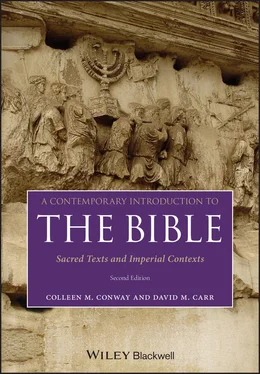
 READING
READING

